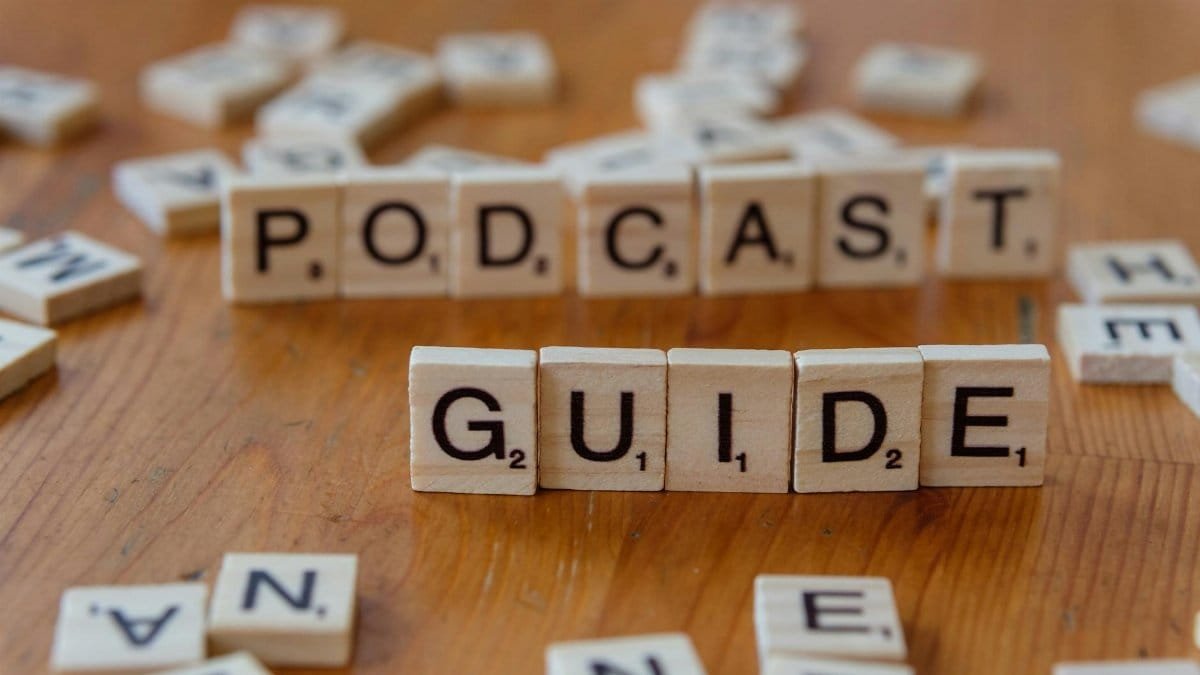Imagine a moment of quiet amidst the chaos of daily life, where the endless to-do list fades into the background. For many Americans, this feels like a distant dream. Yet, the idea of a self care week guide offers a tangible way to reclaim that stillness, even if just for a few days. In 2025, as stress levels continue to climb—evidenced by a recent report from the American Psychological Association showing that over 70% of adults feel overwhelmed by national and personal challenges—carving out intentional time for mental and emotional well-being is no longer a luxury. It’s a necessity. This guide, rooted in principles of cognitive behavioral therapy (CBT) and mindfulness, provides a clinician-informed blueprint for a seven-day self-care journey. It’s not about grand gestures but small, sustainable shifts that can reset your perspective.
Day 1: Setting the Foundation with Intentional Reflection

Start the week by grounding yourself in purpose. Clinicians often emphasize the power of intention-setting, a practice supported by research from the National Institutes of Health, which links intentional mindfulness to reduced anxiety. Take 15 minutes in the morning to sit quietly—maybe with a cup of coffee in hand—and ask: What do I need this week? Jot down one or two emotional or mental goals, like “feel less rushed” or “connect with a friend.” This isn’t about solving everything; it’s about clarity. One woman, speaking anonymously in online discussions, described this step as “like finally turning down the volume on my own head.” Keep the notebook nearby. Revisit it at day’s end to note how the intention shaped your hours.
Day 2: Reclaiming Rest Through Boundaries

On the second day, focus on rest—not just sleep, but mental rest. Therapists using CBT often stress the importance of setting boundaries to protect energy, a concept backed by studies from the U.S. Department of Health and Human Services. Consider a small but firm boundary: no work emails after 7 p.m., or a 30-minute phone-free window. Notice the quiet that emerges. It might feel awkward at first, as if you’re shirking responsibility. But that discomfort signals growth. Pair this with a brief body scan meditation—lie down, close your eyes, and mentally check in from head to toe. The goal isn’t perfection but pausing the constant mental churn.
Day 3: Moving the Body to Quiet the Mind

Movement, even gentle, can shift mental states profoundly. Day three of this self care week guide invites a physical reset. Research from the Centers for Disease Control and Prevention shows that just 20 minutes of moderate activity—like a brisk walk—can lower stress hormones. No gym membership needed. Step outside, feel the air on your skin, and notice the rhythm of your steps. If walking isn’t an option, try seated stretches or chair yoga. The point is presence, not performance. One middle-aged man recalled how a short daily walk became his “anchor” during a tough year, a reminder that small actions ripple outward.
Day 4: Nourishing Through Simple Choices

Halfway through the week, turn to nourishment—both literal and emotional. Clinicians note that stress often disrupts eating patterns, a finding echoed in data from the Pew Research Center showing many Americans struggle with mindful eating under pressure. Prepare one meal with intention today. It doesn’t have to be elaborate—think a bowl of soup or scrambled eggs. Savor each bite without distractions. Beyond food, nourish emotionally. Call a friend or listen to a favorite song. These acts, though small, rebuild a sense of agency. Reflect on what feels sustaining as the day closes.
Day 5: Practicing Gratitude Amidst the Ordinary

Gratitude isn’t just a buzzword; it’s a tool. CBT practitioners often use it to reframe negative thought patterns. On day five, carve out five minutes to list three things—however mundane—that brought a flicker of joy or calm. Maybe it’s the warmth of a blanket, a kind word from a coworker, or the way the light hits your window. Studies suggest this practice, over time, can shift brain wiring toward positivity. Don’t overthink it. Keep the list short and specific. Over dinner, if you’re with others, share one aloud. It’s a quiet way to reconnect, both with yourself and those around you.
Day 6: Unplugging for Mental Clarity

By day six, digital overload might be creeping in. Smartphones and screens, while useful, often fuel anxiety—a trend noted in recent mental health surveys. Today, experiment with unplugging. Set a two-hour window with no devices. Fill it with something tactile: reading a physical book, doodling, or organizing a drawer. Notice how the absence of notifications changes your breathing, your focus. It’s not about demonizing technology but reclaiming headspace. One person described this as “rediscovering boredom,” a state that oddly sparked creativity. If total disconnection feels impossible, start with silencing non-essential alerts. Small steps still count.
Day 7: Reflecting and Planning Ahead

As the week ends, take stock. Sit with that notebook from day one. What worked? What felt forced? CBT encourages such reflection to build self-awareness, helping identify sustainable habits. Perhaps the boundary-setting felt freeing, or the gratitude list surprised you with its impact. Write down one or two practices to carry forward into 2025. This isn’t about perfection but progress. Think of this self care week guide as a starting point, not a finish line. Clinicians remind us that well-being is a practice, not a destination. Let the week’s lessons linger, like a soft echo, as you step into the days ahead.
Across these seven days, the blueprint offers more than a checklist. It’s an invitation to recalibrate, to listen to what your mind and body signal amid life’s noise. For many, following a self care week guide reveals how much we’ve normalized exhaustion. Yet, as stress continues to shape American lives in 2025, these small, clinician-backed steps—rooted in CBT and mindfulness—offer a counterweight. They remind us that caring for oneself isn’t selfish. It’s essential. So, as the week closes, consider this: What’s one small shift you can hold onto tomorrow?
